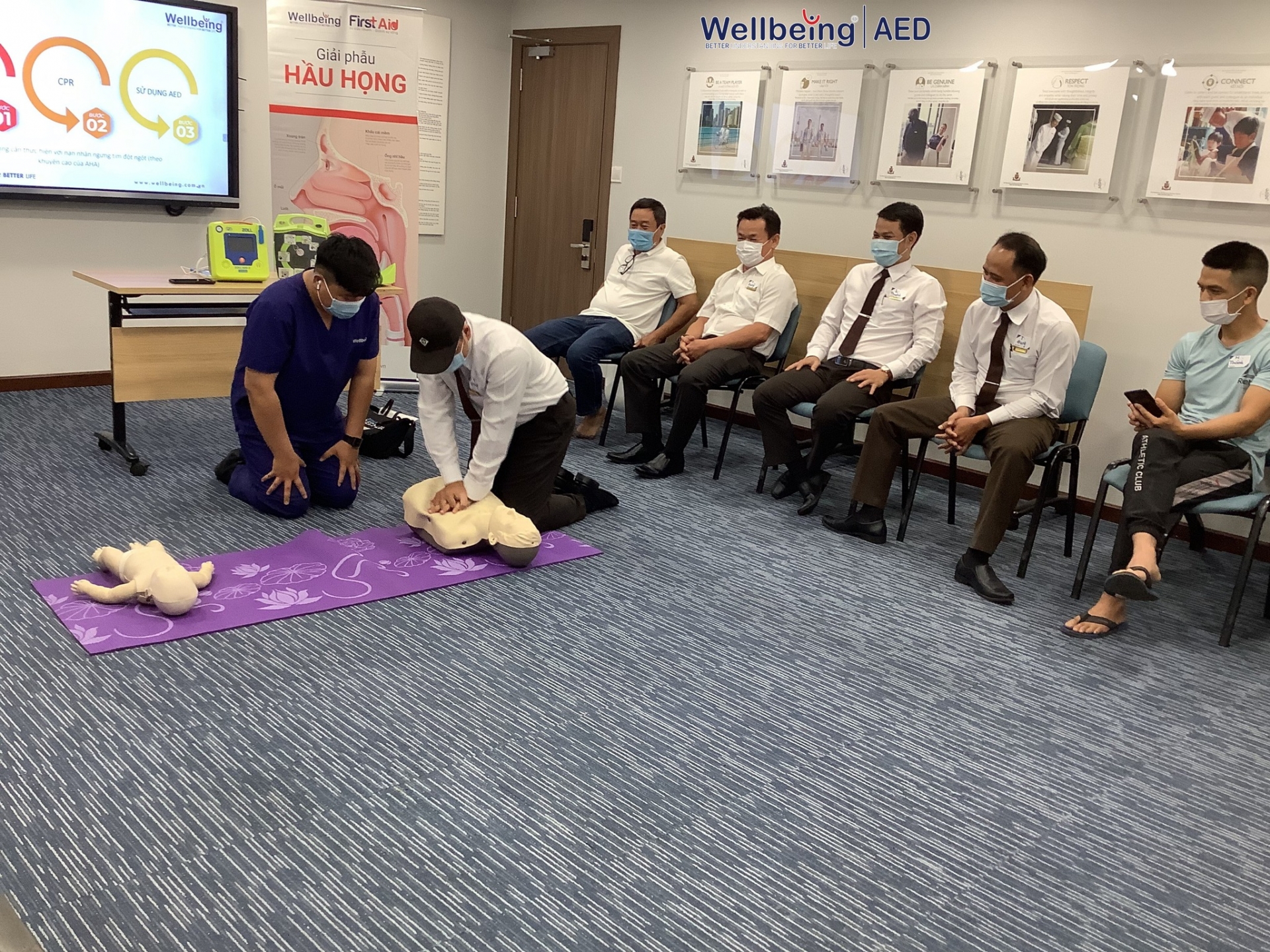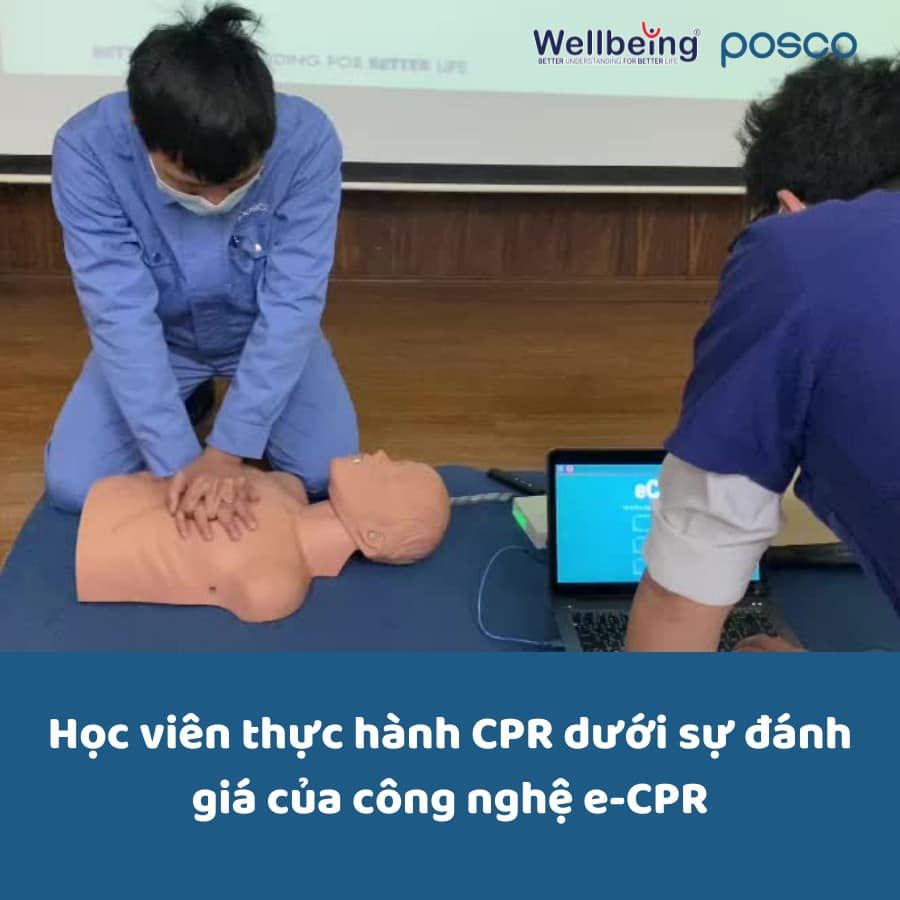Guidelines for using an automated external defibrillator | Wellbeing
The heart functions normally when the atria and ventricles contract, pushing blood out of the heart chambers. However, due to various reasons, this contraction may not be strong enough to pump blood out of the heart to nourish the body and brain, leading to oxygen deficiency and unconsciousness. At this point, an automated external defibrillator (AED)/defibrillator/shock device can save the victim’s life. This article will help readers understand what a defibrillator is and what to consider when purchasing a defibrillator.
1. What does an automated external defibrillator do?
When cardiac arrest occurs, the victim’s survival rate decreases by 10% every minute. An AED can analyze the victim’s heart rhythm and deliver a shock if necessary to restore an effective heart rhythm. Additionally, some AEDs have features that guide users in performing cardiopulmonary resuscitation (CPR) through voice instructions and visual prompts on an LCD screen attached to the device. Most out-of-hospital cardiac arrest patients require the use of a defibrillator and CPR.

Performing CPR on an out-of-hospital cardiac arrest victim
2. Guidelines for using an automated external defibrillator:
First, ensure that no one is touching the victim while the device is analyzing the heart rhythm and delivering a shock. This could affect the analysis results and cause electric shock.

Providing first aid with a defibrillator
When the victim regains consciousness or even recovers, do not turn off the defibrillator. Cardiac arrest may recur shortly afterward, and the defibrillator may become necessary again. If the victim is wearing clothing or jewelry, especially metal jewelry that affects the area where the defibrillator pads will be placed, it should be removed completely before applying the pads and delivering a shock. Chest hair typically does not affect the effectiveness of the defibrillator; however, if hair obstructs the pad placement area, it should be shaved off before applying the electrodes.
Additionally, be mindful of the surrounding environment to ensure safety for both the victim and the responder. If the victim is in or covered by water, move them to a dry area and dry their body before applying the pads and using the defibrillator. An AED is safe to use on pregnant women, but ensure the defibrillator pads are placed correctly to achieve the best results.
Bình luận:
Không có bình luận nào cho bài viết.






.png)
.png)

